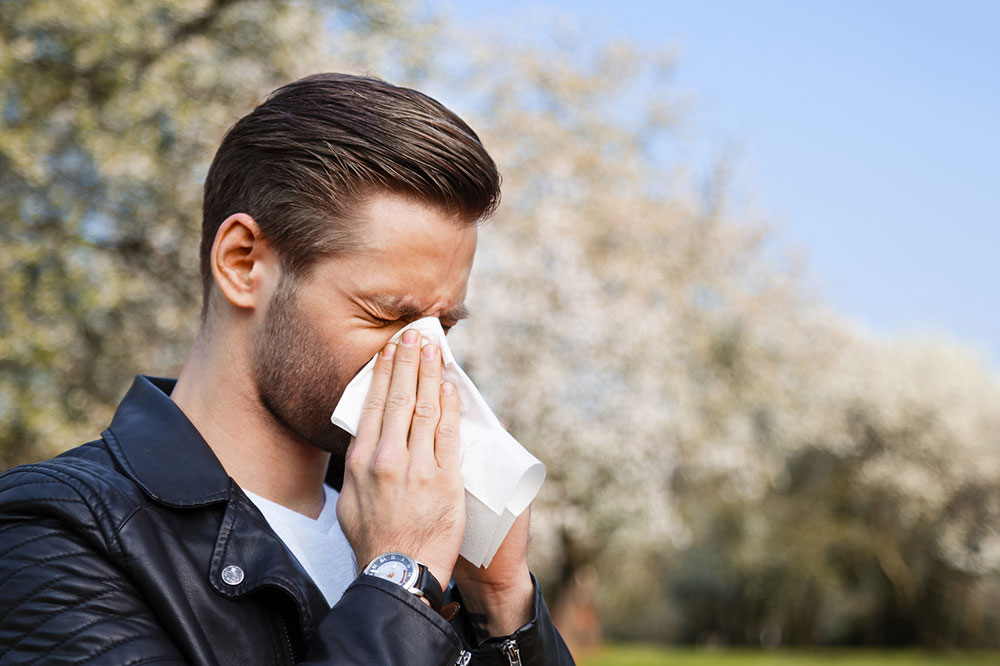Understanding Common Allergy Signs and Risk Factors
Learn about common allergy symptoms, causes, and risk factors in this comprehensive guide. Understand how allergic reactions manifest and what triggers them, with tips for early identification and management. Recognize the symptoms of severe reactions like anaphylaxis and know when to seek urgent medical help. This article highlights the importance of awareness of allergy risk factors, including family history and existing health conditions, especially for children and those with respiratory issues. Stay informed to protect yourself and loved ones from allergy complications.

Understanding Common Allergy Signs and Risk Factors
Allergies are overreactions of the immune system to certain foreign substances. When allergic, the immune system produces specific antibodies that identify potential threats. The symptoms vary depending on the allergen involved and can range from mild to severe reactions.
Common allergy symptoms include sneezing, nasal congestion, itchy eyes, swelling, and difficulty breathing. Specific allergies include hay fever (allergic rhinitis), food allergies, insect sting reactions, medication sensitivities, and skin conditions like eczema. Severe reactions such as anaphylaxis require immediate attention.
Triggers of allergies are diverse and include airborne particles like pollen and dust mites, foods such as nuts, seafood, and wheat, insect bites, certain medications, and contact with latex or other substances.
Risk factors for developing allergies involve genetic predisposition, age, and existing respiratory conditions. Family history of allergies increases one’s likelihood, and children are particularly vulnerable. Those with asthma or related sensitivities may develop additional allergic reactions over time.
Some symptoms of severe allergic reactions include fainting, low blood pressure, skin rash, shortness of breath, and dizziness. Immediate medical intervention is crucial in such situations.
Note: This information is for educational purposes only and should not replace professional medical advice. Always consult healthcare providers for diagnosis and treatment of allergies.










